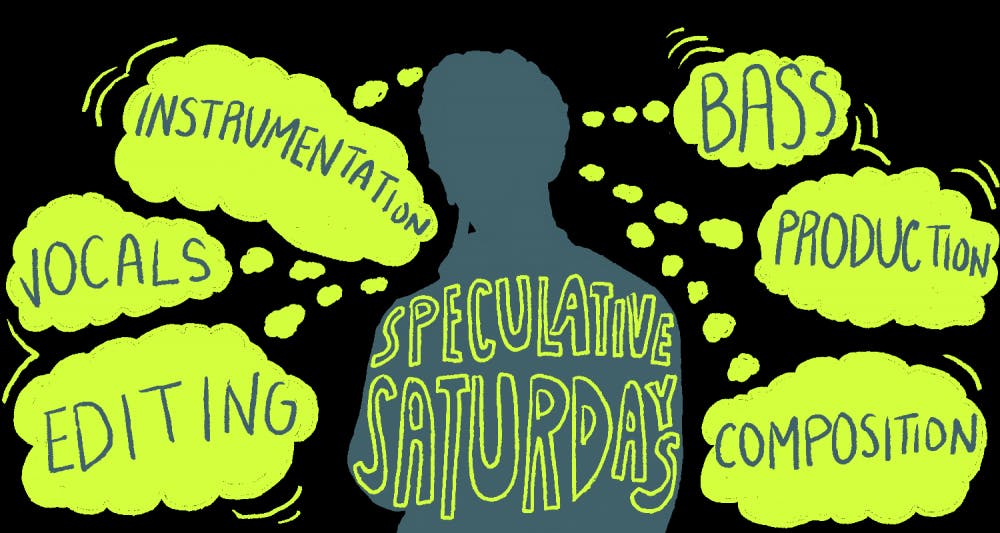The music business is a dark, entangled web of SAT vocab and intersecting business lingo. But the way the music industry works is crucial to understanding how we can become more ethical music consumers. This is the beginning of an article anthology where we will take a look at how music is treated as an asset within the business. We will break open the different payment schemes of various streaming services, the battle that embroils artists regarding ownership of their intellectual property, and a firm that is disrupting the very way we think about music as a commercial product.
This is the basis of my argument: music is an asset. It would be helpful to attach a definition to this somewhat nebulous word. Assets are any resources that are either owned or controlled by a business, and create or add value. A simple example of an asset is a house. When you go to buy a house, the house’s value is broken down in units of currency. This value is based on tangible characteristics such as square footage, amenities, and craftsmanship; as well as intangible characteristics such as location, school systems, and home values of the immediate community. When you purchase this house, you become the controlling entity, and it adds value to your net worth. Not only is the home’s value inherent in your purchase, but the house is able to produce further value, such as renting out a room or hosting events. For these reasons, music can also be regarded as an asset.
Music is a resource that creates and adds value. There are several intangible value additions that music provides: music creates an emotional response in us, from ebullience to melancholy, from appealing to challenging. Without music, life would be that much less emotional, and a less emotional life is not one worth leading. Unfortunately, businesses and economics don’t care about your feelings, as much as they care about what your feelings make you do, actions that often result in some level of participation in the economic system. Here are a few examples:
- You’re feeling upset because your girlfriend left you. You buy a pint of ice cream and cry while watching The Princess Bride. Not only did you purchase the ice cream, but you purchase a subscription to a streaming service that enables you to watch the film
- In working out your feelings over the breakup, you begin attending therapy. You participate in the system through your procurement of therapeutic services, and the therapist’s value to the market is represented through the cost of the session
- You realize that your hatred is not at your ex, but rather at a large corporate enterprise subliminally manipulating you. You participate in the system out of hate and drive the price of GameStop to over $400 a share. This is an example of consumers behaving irrationally, and it shows how emotions can drive economic participation.
This is a system that, at least in the West, is built on the notion that your worth and value is contingent upon the value that you provide to the market. Here’s a brief history of music’s value in Western-style economics:
The earliest iterations of music as an asset in the market date back to the use of chant in the Dark Ages of Europe. Monk composers would provide value to services by writing music, and in return they would have lighter work around the monastery. Into the Middle Ages and through the Classical era, rich patrons and institutions would buoy the careers of musicians: the musicians provided value to various proceedings through their music, and in return, they were paid and/or kept on retainer. As the Romantic era saw the democratization of music, the value of the music was measured through concerts and recitals: ticket prices and commissions alike determined the composer's addition of value to the market. With the advent of sound recording, physical sales of records and record players became an easy way to measure music’s economic value. Radio play served as another metric: radios ran advertisements, so if your music could draw listeners to the station, they could sell more ad time. As physical media evolved, the one stagnant piece of the puzzle was the purchase of music. Until .mp3s and Napster disrupted the system with no-pay P2P file sharing. While it was shut down, the digitalization of music remained, bringing us to streaming services today.
In the next installment of “Music as an Asset,” we tackle how streaming services place value on music through payout streams, subscription plans, and user experience.





